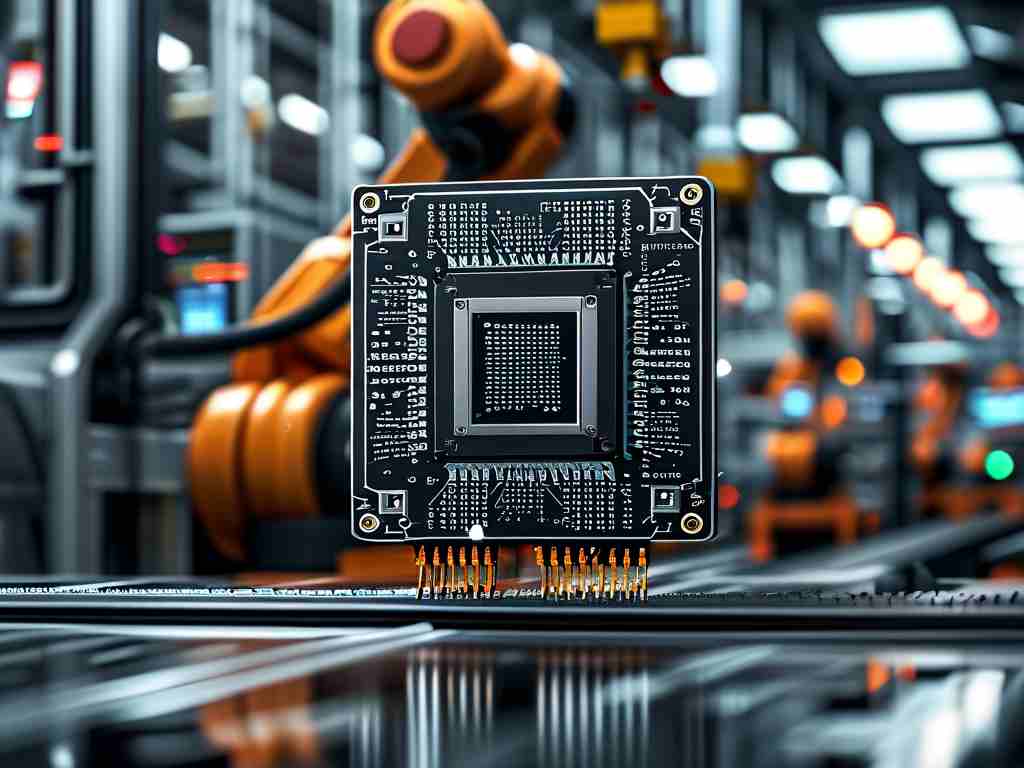In embedded systems design, microcontrollers rely on various control algorithms to achieve precise device operation. These mathematical models form the backbone of industrial automation, IoT devices, and consumer electronics. Let's explore six fundamental control strategies widely implemented in 8-bit to 32-bit MCUs.

1. PID Control Dominance
The Proportional-Integral-Derivative algorithm remains the workhorse for real-time systems. A temperature control demonstration reveals its effectiveness:
float ComputePID(float setpoint, float actual) {
static float integral = 0, prev_error = 0;
float error = setpoint - actual;
integral += error * dt;
float derivative = (error - prev_error) / dt;
prev_error = error;
return Kp*error + Ki*integral + Kd*derivative;
}
This implementation requires careful tuning of Kp, Ki, and Kd coefficients. Automotive engine control units frequently employ PID for maintaining optimal combustion parameters.
2. Fuzzy Logic Adaptation
When dealing with imprecise sensor data or nonlinear systems, fuzzy controllers demonstrate superior performance. A washing machine's load detection system might use membership functions like:
- Light_load: 0-3 kg
- Medium_load: 2-5 kg
- Heavy_load: 4-7 kg
This approach enables smooth transitions between operational states without abrupt threshold crossings.
3. State Machine Architecture
Finite State Machines (FSM) organize sequential operations effectively. Consider a vending machine controller:
enum States {IDLE, SELECTION, PAYMENT, DISPENSE};
void HandleState(enum States current) {
switch(current) {
case IDLE:
scan_buttons();
break;
case SELECTION:
validate_choice();
break;
// Additional state handlers
}
}
4. Digital Filter Implementation
Moving Average and IIR filters clean noisy sensor signals. A 5-sample moving filter for ADC readings:
#define WINDOW_SIZE 5
int filter_buffer[WINDOW_SIZE];
int smooth_reading(int new_val) {
static int index = 0;
filter_buffer[index++] = new_val;
if(index >= WINDOW_SIZE) index = 0;
return (filter_buffer[0] + ... + filter_buffer[4])/5;
}
5. Pulse-Width Modulation Control
PWM drives motors and LED dimmers through duty cycle adjustments. Modern MCUs like STM32 provide hardware PWM peripherals, but software implementation persists in resource-constrained devices:
void SoftwarePWM(uint8_t duty) {
set_pin_high();
delay_ms(duty * PERIOD / 255);
set_pin_low();
delay_ms((255 - duty) * PERIOD / 255);
}
6. Time-Based Scheduling
Cooperative schedulers manage multiple tasks without RTOS overhead. A typical implementation uses timer interrupts:
void TIMER1_IRQHandler() {
static uint16_t ticks = 0;
if(++ticks % 10 == 0) RunTaskA(); // Every 10ms
if(ticks % 25 == 0) RunTaskB(); // Every 25ms
}
When selecting control algorithms, engineers must consider computational load, memory footprint, and real-time requirements. PID remains optimal for linear systems needing precise regulation, while fuzzy logic better handles qualitative parameters. State machines excel in workflow management, and digital filters prove essential in noisy environments.
Emerging trends show increased adoption of neural network models in high-end microcontrollers, though traditional algorithms maintain dominance in cost-sensitive applications. Effective implementation often combines multiple approaches – for instance, using PID for motor control while employing state machines for system supervision.
Debugging these algorithms requires specialized tools. Logic analyzers help verify PWM signals, while runtime variable monitoring through UART or SWD interfaces assists in PID tuning. Many modern IDEs like PlatformIO and STM32CubeIDE include real-time plotting features for system response analysis.
Through proper algorithm selection and optimization, even basic 8-bit microcontrollers can execute complex control tasks efficiently. The key lies in matching mathematical models to system requirements while respecting hardware limitations.









